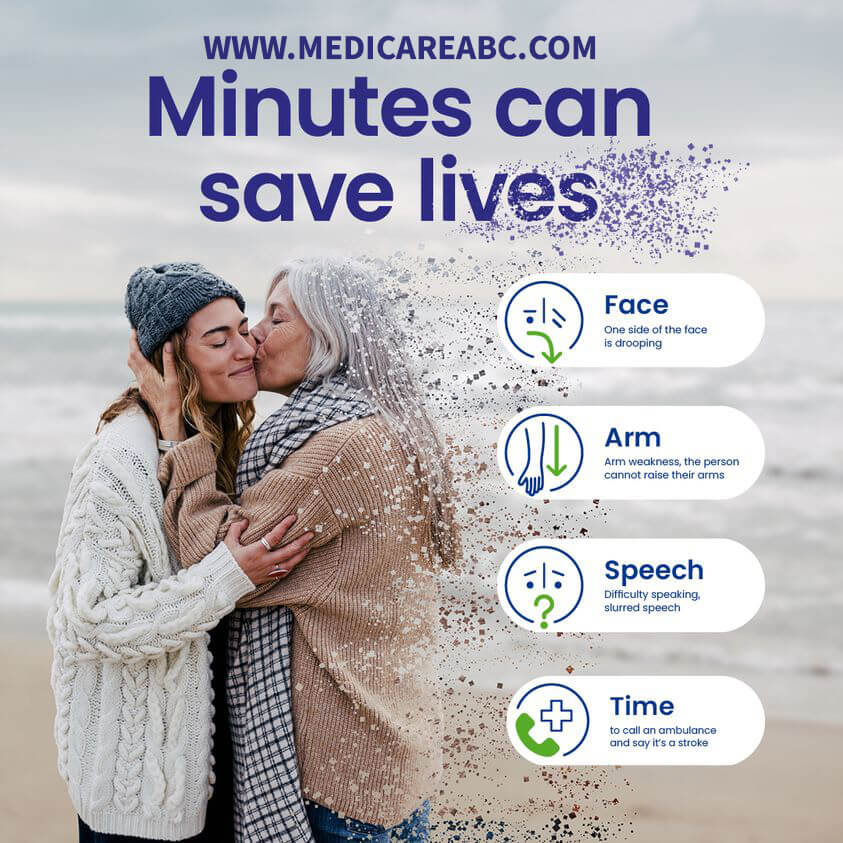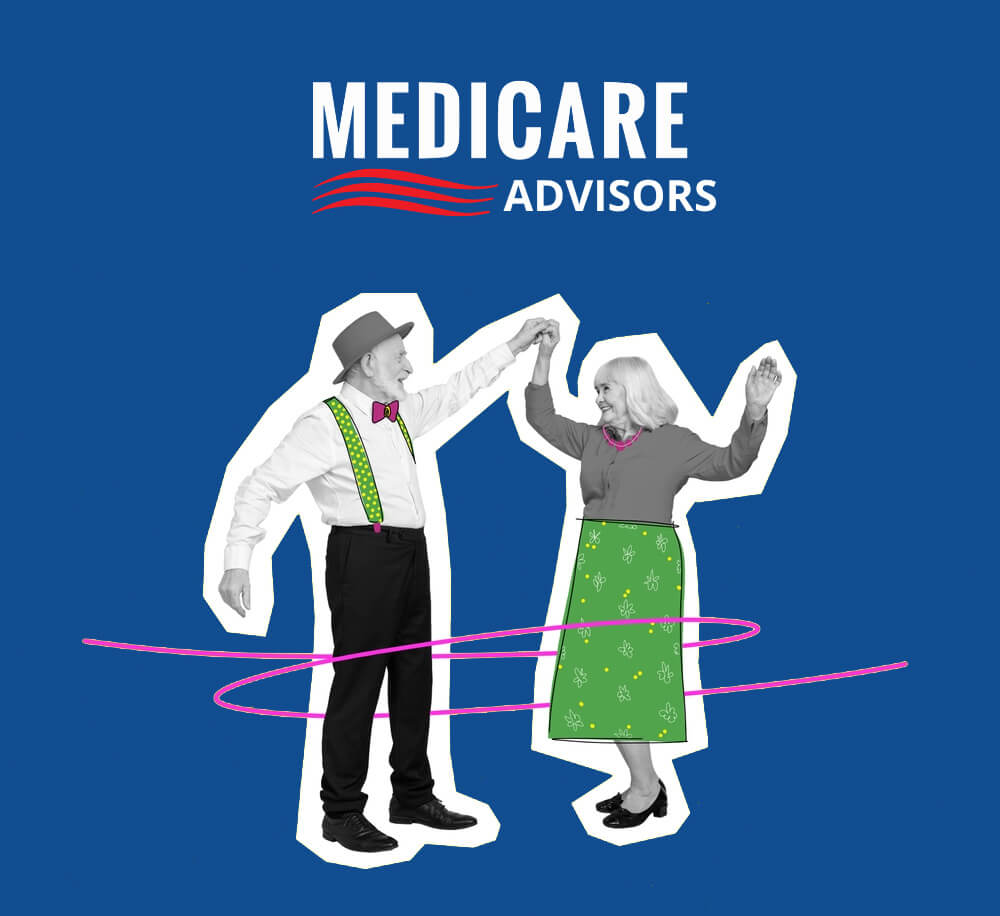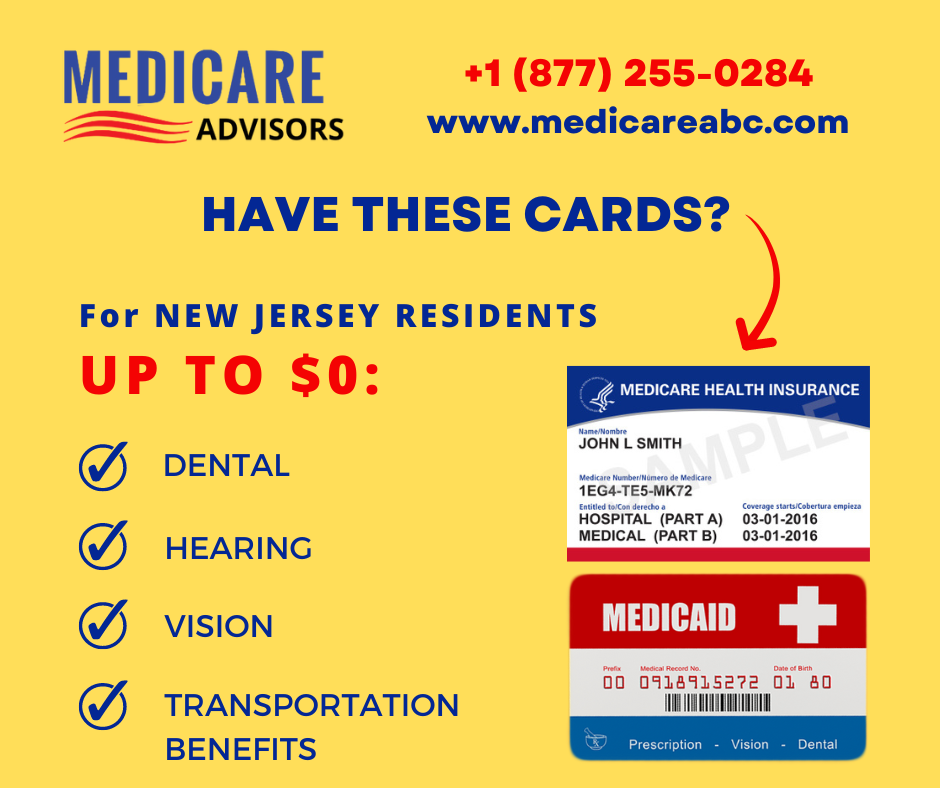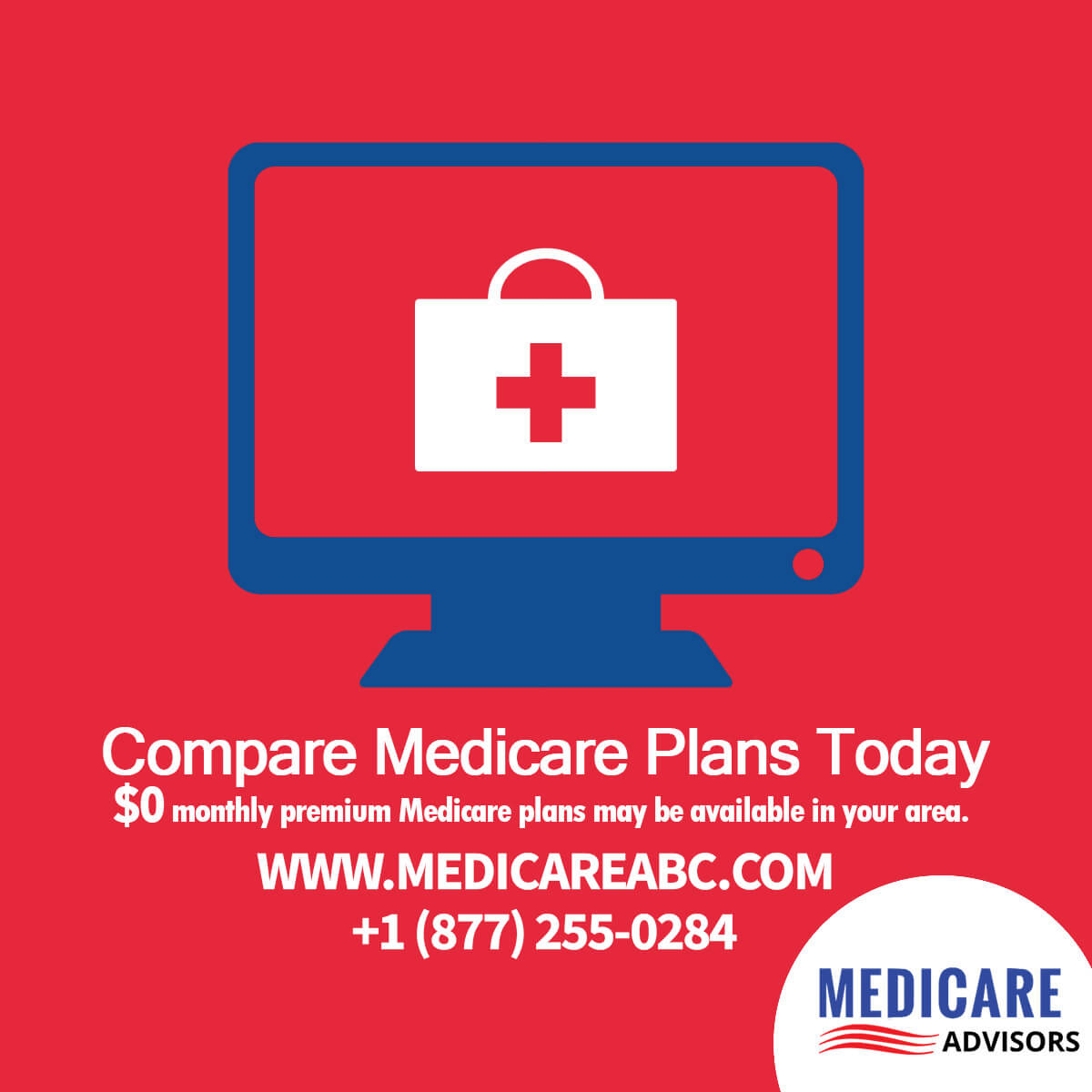“Act F.A.S.T. – Recognize the Symptoms and Signs of a Stroke!”
The Most Common Symptoms and Signs of a Stroke
A stroke is a medical emergency that requires immediate attention. Knowing the signs and symptoms of a stroke can help you save a life. Here are the most common symptoms and signs of a stroke:
1. Sudden numbness or weakness of the face, arm, or leg, especially on one side of the body.
2. Sudden confusion, trouble speaking or understanding.
3. Sudden trouble seeing in one or both eyes.
4. Sudden trouble walking, dizziness, loss of balance or coordination.
5. Sudden severe headache with no known cause.
If you or someone you know experiences any of these symptoms, call 911 immediately. Time is of the essence when it comes to stroke treatment. The sooner you get medical help, the better the chances of a full recovery.

How to Recognize the Early Warning Signs of a Stroke
Strokes are a medical emergency that can cause permanent disability or even death. Knowing the early warning signs of a stroke can help you get the medical attention you need quickly and potentially save your life.
The most common warning sign of a stroke is sudden weakness or numbness in the face, arm, or leg, especially on one side of the body. Other signs include sudden confusion, trouble speaking or understanding speech, sudden trouble seeing in one or both eyes, sudden trouble walking, dizziness, loss of balance or coordination, and a sudden, severe headache with no known cause.
If you experience any of these symptoms, it’s important to act fast. Call 911 immediately and note the time when the symptoms first appeared. Time is of the essence when it comes to stroke treatment, so the sooner you get medical attention, the better your chances of recovery.
Don’t wait to see if the symptoms go away. If you think you or someone you know is having a stroke, don’t hesitate to call for help. Knowing the early warning signs of a stroke can help you get the medical attention you need quickly and potentially save your life.
Find Medicare Plans in 3 Easy Steps
We can help get up to $0 monthly premium Medicare plans
The Difference Between Stroke Symptoms and Heart Attack Symptoms
When it comes to understanding the difference between stroke symptoms and heart attack symptoms, it’s important to know that both can be life-threatening medical emergencies. While they share some similarities, they are two distinct conditions with different causes and treatments.
Stroke symptoms occur when the blood supply to the brain is blocked or reduced, depriving the brain of oxygen and nutrients. Symptoms of a stroke can include sudden numbness or weakness in the face, arm, or leg, especially on one side of the body; confusion; difficulty speaking or understanding; trouble seeing in one or both eyes; difficulty walking; dizziness; and a severe headache.
Heart attack symptoms, on the other hand, occur when the blood supply to the heart is blocked or reduced, depriving the heart of oxygen and nutrients. Symptoms of a heart attack can include chest pain or discomfort, pain or discomfort in the arms, back, neck, jaw, or stomach; shortness of breath; nausea; lightheadedness; and cold sweats.
It’s important to recognize the signs of both stroke and heart attack and seek medical attention immediately. Knowing the difference between the two can help you get the right treatment quickly and potentially save your life.

How to Respond Quickly to the Signs of a Stroke
If you suspect that someone is having a stroke, it is important to act quickly. Here are some steps to take to respond quickly to the signs of a stroke:
1. Call 911 immediately. Time is of the essence when it comes to stroke treatment, so don’t hesitate to call for help.
2. Check for signs of stroke. Look for facial drooping, arm weakness, and slurred speech.
3. Ask the person to smile. If one side of their face droops, it could be a sign of stroke.
4. Ask the person to raise both arms. If one arm drifts downward, it could be a sign of stroke.
5. Ask the person to repeat a simple phrase. If their speech is slurred or they can’t repeat the phrase, it could be a sign of stroke.
6. Monitor the person’s condition. If their condition worsens, call 911 again.
By following these steps, you can help ensure that the person gets the medical attention they need as quickly as possible.
Find Medicare Plans in 3 Easy Steps
We can help get up to $0 monthly premium Medicare plans
The Role of Risk Factors in Stroke Symptoms and Signs
Stroke is a serious medical condition that can have devastating effects on the body. It is important to understand the role of risk factors in stroke symptoms and signs in order to reduce the risk of stroke and its associated complications.
Risk factors for stroke include high blood pressure, diabetes, smoking, obesity, high cholesterol, and a sedentary lifestyle. These risk factors can increase the likelihood of stroke by narrowing or blocking the arteries that supply blood to the brain. When this happens, the brain does not receive enough oxygen and nutrients, leading to a stroke.
The most common symptoms of stroke include sudden weakness or numbness in the face, arm, or leg, confusion, difficulty speaking or understanding speech, difficulty seeing in one or both eyes, difficulty walking, dizziness, and a severe headache. These symptoms can vary in severity and may come on suddenly or gradually.
The signs of stroke can include facial drooping, arm weakness, and difficulty speaking. Other signs may include difficulty walking, confusion, and vision changes. If any of these signs are present, it is important to seek medical attention immediately.
Risk factors for stroke can be managed through lifestyle changes such as quitting smoking, exercising regularly, eating a healthy diet, and controlling blood pressure and cholesterol levels. It is also important to be aware of the signs and symptoms of stroke and to seek medical attention immediately if any of these signs are present.
By understanding the role of risk factors in stroke symptoms and signs, we can take steps to reduce our risk of stroke and its associated complications. By making lifestyle changes and being aware of the signs and symptoms of stroke, we can help to reduce our risk of stroke and improve our overall health.

How to Reduce Your Risk of a Stroke by Identifying Symptoms and Signs
Strokes are a serious medical emergency that can cause long-term disability or even death. Knowing the signs and symptoms of a stroke can help you reduce your risk of having one. Here are some tips to help you identify the signs and symptoms of a stroke and take action to reduce your risk.
1. Pay attention to sudden changes in your body. A stroke can cause sudden weakness or numbness in your face, arm, or leg, especially on one side of your body. It can also cause sudden confusion, trouble speaking or understanding, trouble seeing in one or both eyes, trouble walking, dizziness, or a severe headache.
2. Act fast if you experience any of these symptoms. If you experience any of these symptoms, call 911 immediately. The sooner you get medical help, the better your chances of avoiding long-term disability or death.
3. Know your risk factors. Certain factors can increase your risk of having a stroke, such as high blood pressure, diabetes, smoking, and a family history of stroke. If you have any of these risk factors, talk to your doctor about ways to reduce your risk.
4. Make lifestyle changes. Eating a healthy diet, exercising regularly, and quitting smoking can help reduce your risk of having a stroke.
By following these tips, you can reduce your risk of having a stroke. Pay attention to any sudden changes in your body, act fast if you experience any of the symptoms, know your risk factors, and make lifestyle changes. With these steps, you can help protect yourself from the serious consequences of a stroke.
Find Medicare Plans in 3 Easy Steps
We can help get up to $0 monthly premium Medicare plans
The Impact of Stroke on Quality of Life
The impact of stroke on quality of life can be devastating. It can leave a person feeling helpless and overwhelmed, unable to do the things they once enjoyed. But it doesn’t have to be that way. With the right support and resources, stroke survivors can reclaim their lives and live with purpose and joy.
Stroke can affect a person’s physical, emotional, and cognitive abilities. It can cause paralysis, difficulty speaking, and memory loss. It can also lead to depression, anxiety, and other mental health issues. But with the right care and support, stroke survivors can learn to manage their symptoms and live a full life.
Physical therapy is an important part of stroke recovery. It can help stroke survivors regain strength and mobility, as well as improve balance and coordination. Occupational therapy can help stroke survivors relearn everyday tasks, such as dressing, cooking, and bathing. Speech therapy can help stroke survivors regain their ability to communicate.
It’s also important for stroke survivors to stay socially connected. Social activities can help stroke survivors stay engaged and motivated. It can also help them build relationships and find support.
Stroke can be a difficult and challenging experience, but it doesn’t have to define a person’s life. With the right care and support, stroke survivors can reclaim their lives and live with purpose and joy.

The Latest Advances in Stroke Diagnosis and Treatment
Stroke is a medical emergency that requires immediate attention. It is the fifth leading cause of death in the United States and a leading cause of disability. Fortunately, advances in stroke diagnosis and treatment have made it possible to reduce the risk of death and disability from stroke.
The first step in stroke diagnosis is to identify the type of stroke. Ischemic strokes, which are caused by a blockage in a blood vessel, are the most common type of stroke. Hemorrhagic strokes, which are caused by a rupture in a blood vessel, are less common but more deadly.
Once the type of stroke is identified, doctors can use a variety of imaging techniques to determine the location and extent of the stroke. Magnetic resonance imaging (MRI) and computed tomography (CT) scans are the most commonly used imaging techniques. These scans can help doctors determine the size and location of the stroke, as well as any damage to the brain.
The next step in stroke diagnosis is to determine the cause of the stroke. This can be done through blood tests, which can detect high levels of cholesterol, triglycerides, and other substances that can increase the risk of stroke. Doctors may also use ultrasound to look for blockages in the arteries that supply blood to the brain.
Once the cause of the stroke is identified, doctors can begin treatment. The most common treatment for ischemic strokes is the use of clot-busting drugs, which can help dissolve the clot and restore blood flow to the brain. For hemorrhagic strokes, doctors may use medications to reduce the pressure in the brain or surgery to repair the damaged blood vessel.
In addition to these treatments, doctors may also recommend lifestyle changes to reduce the risk of stroke. These changes include quitting smoking, eating a healthy diet, exercising regularly, and controlling high blood pressure and cholesterol.
The latest advances in stroke diagnosis and treatment have made it possible to reduce the risk of death and disability from stroke. With early diagnosis and prompt treatment, many people can make a full recovery from stroke.
Find Medicare Plans in 3 Easy Steps
We can help get up to $0 monthly premium Medicare plans
How to Support a Loved One After a Stroke
When a loved one has a stroke, it can be a difficult and overwhelming time for everyone involved. It is important to provide support and understanding to your loved one during this time. Here are some tips on how to best support a loved one after a stroke:
1. Listen and be patient. Your loved one may be feeling overwhelmed and confused. Listen to them and be patient with them as they process their emotions.
2. Offer emotional support. Let your loved one know that you are there for them and that you care. Offer words of encouragement and let them know that you are there to support them.
3. Help with daily tasks. Offer to help with daily tasks such as grocery shopping, cooking, and cleaning. This can help to reduce stress and make life a little easier.
4. Encourage physical activity. Encourage your loved one to get up and move around. Exercise can help to improve physical and mental health.
5. Connect with other stroke survivors. Connecting with other stroke survivors can be a great way to provide emotional support and to learn more about stroke recovery.
By providing emotional and practical support, you can help your loved one through this difficult time. Showing your love and understanding can make a world of difference.

The Benefits of Early Detection and Treatment of Stroke Symptoms and Signs
Early detection and treatment of stroke symptoms and signs can be a life-saving measure. Stroke is a medical emergency that requires immediate medical attention. When a stroke occurs, the brain is deprived of oxygen and nutrients, leading to the death of brain cells. The sooner a stroke is detected and treated, the better the chances of recovery.
Early detection and treatment of stroke symptoms and signs can help reduce the risk of long-term disability. When a stroke is detected early, doctors can begin treatment quickly, which can help reduce the amount of brain damage. Early treatment can also help reduce the risk of complications, such as paralysis, speech problems, and memory loss.
Early detection and treatment of stroke symptoms and signs can also help reduce the risk of death. When a stroke is detected early, doctors can begin treatment quickly, which can help reduce the amount of brain damage. Early treatment can also help reduce the risk of complications, such as paralysis, speech problems, and memory loss.
Early detection and treatment of stroke symptoms and signs can also help reduce the risk of recurrent strokes. When a stroke is detected early, doctors can begin treatment quickly, which can help reduce the risk of a second stroke. Early treatment can also help reduce the risk of complications, such as paralysis, speech problems, and memory loss.
Early detection and treatment of stroke symptoms and signs can also help reduce the risk of long-term disability. When a stroke is detected early, doctors can begin treatment quickly, which can help reduce the amount of brain damage. Early treatment can also help reduce the risk of complications, such as paralysis, speech problems, and memory loss.
Early detection and treatment of stroke symptoms and signs can be a life-saving measure. With prompt medical attention, stroke victims can have a better chance of recovery and a better quality of life. Early detection and treatment of stroke symptoms and signs can help reduce the risk of long-term disability, death, and recurrent strokes. It is important to seek medical attention immediately if you or someone you know is experiencing any of the signs or symptoms of a stroke.





